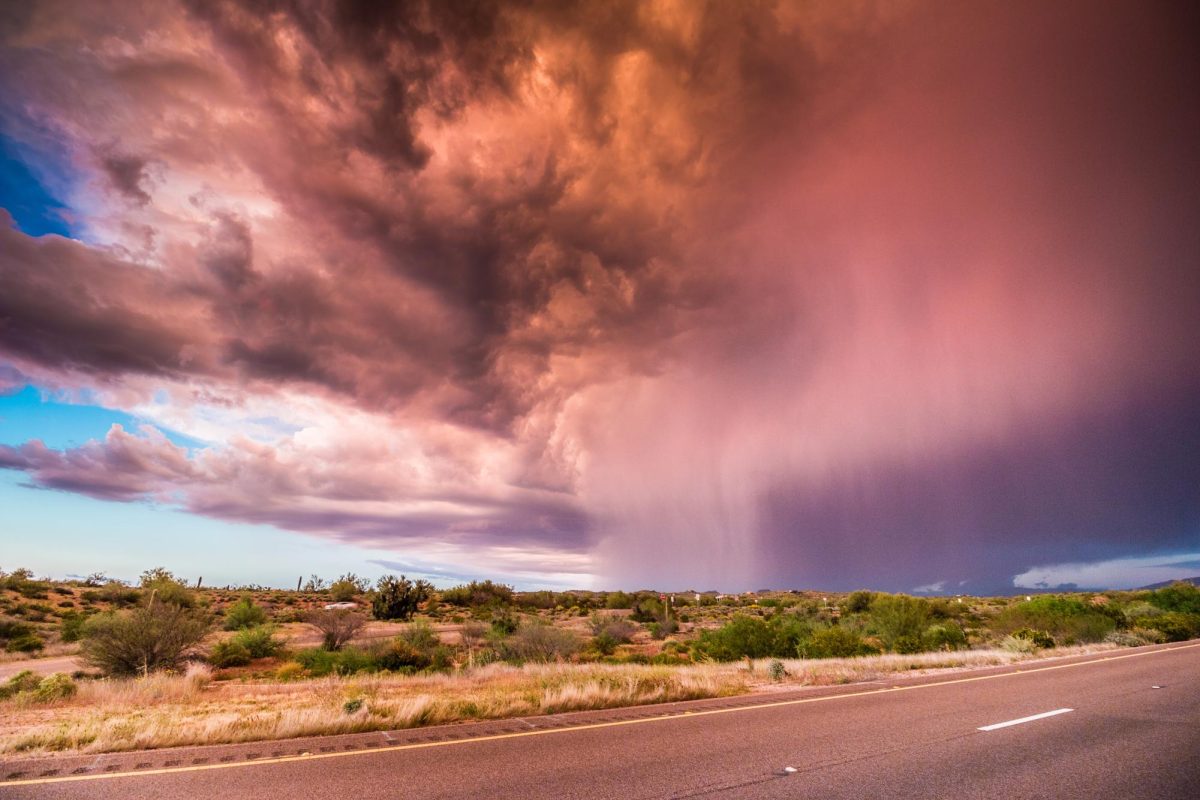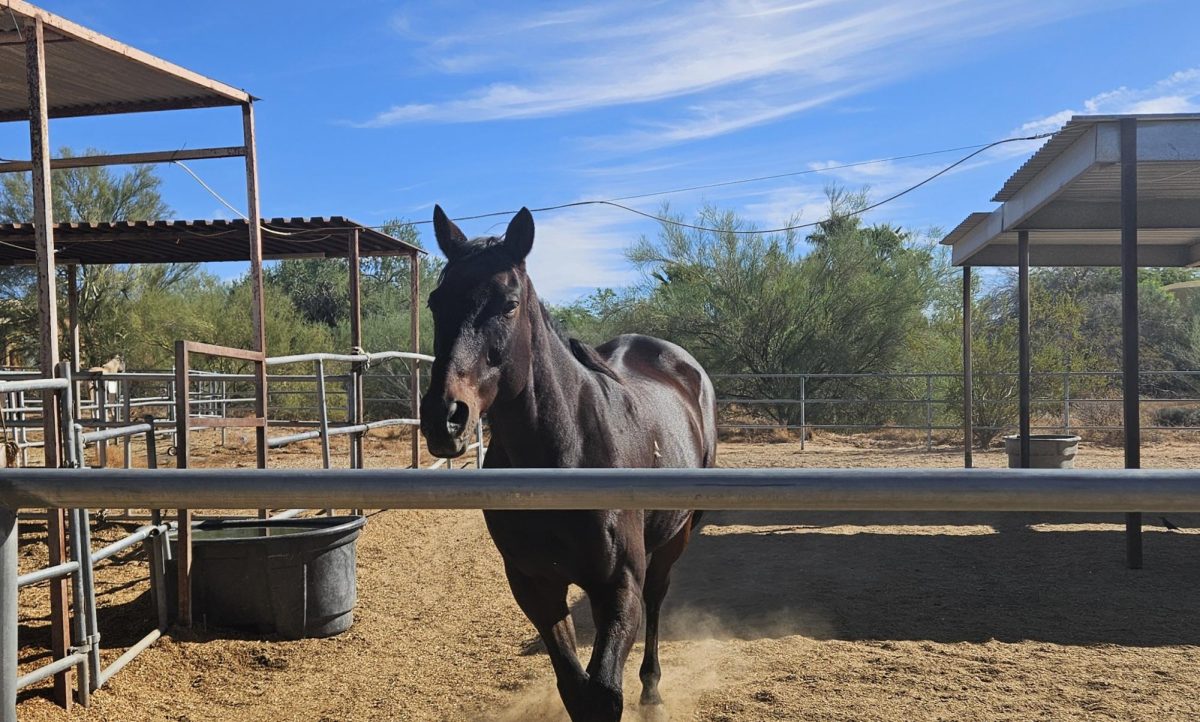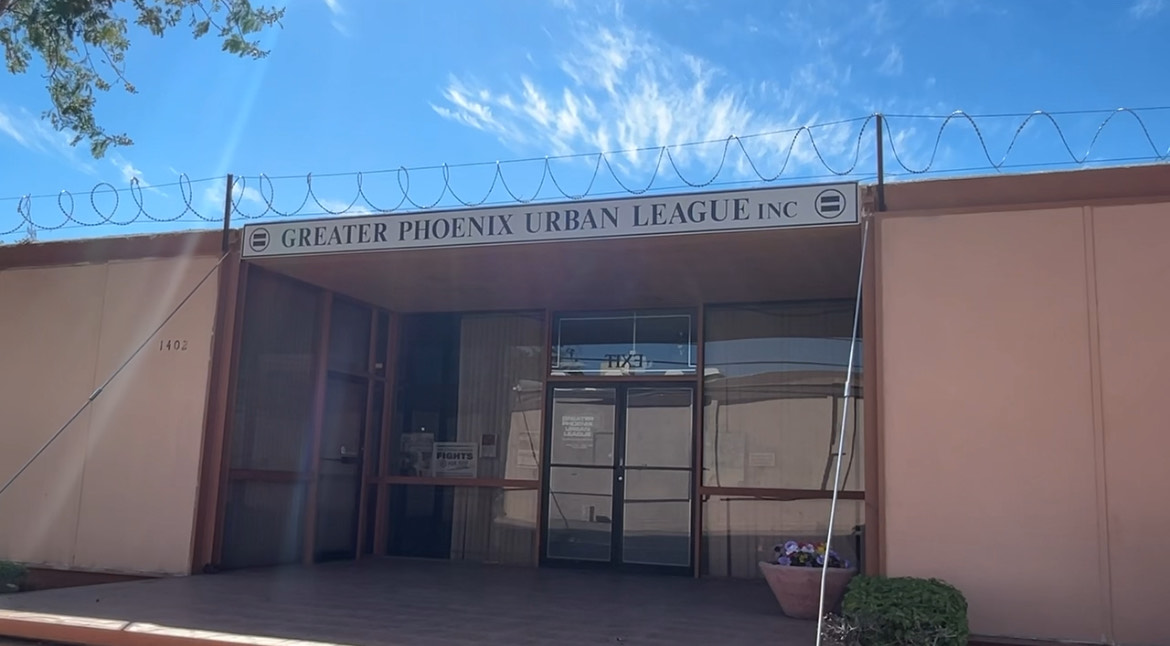Despite a bountiful snowpack and above average rain during the winter season, Arizona still grapples with a protracted drought. The Salt River Project (SRP) is exploring various methods to address the issue, one of which is the process of dropping crystals into clouds to draw out rain, known as cloud seeding.
Cloud seeding has been used for decades, it’s a weather modification technique that involves the dispersion of substances like silver iodide into clouds. The aim is to enhance moisture collection, encouraging increased rainfall and snowfall.
The cloud seeding process was reportedly first used during the Vietnam War by prolonging the brutal monsoon season, causing mass attrition and suffering to civilians and hostiles alike. Since then, altering the weather for hostile purposes has been deemed a war crime by the United Nations, but altering the weather as a way of battling climate change is still on the table!
Neighboring states have already taken steps in this direction. The Southern Nevada Water Authority (SNWA) recently secured a $2.4 million grant from the U.S. Bureau of Reclamation to fund cloud seeding projects in the West.
With Arizona’s heavy reliance on the Colorado River, which is witnessing dwindling levels, Arizona is looking to tap into every available avenue to boost its water reserves.
In collaboration with the White Mountain Apache Tribe, SRP has been investigating the potential for ground-based cloud seeding in the White Mountains located in eastern Arizona.
The goal is to establish a ground-based program in the White Mountains that could enhance snowfall. Additionally, the state has funded cloud seeding ventures in Colorado, aiming to augment the flow into the Colorado River.
While ground-based seeding is currently the focus in Arizona, there are also aerial methods of cloud seeding that employ aircraft fitted with specialized flares.
Advocates of cloud seeding say that it offers a cost-effective solution to boost precipitation in the Southwest. Cloud seeding is often pitched as a budget-friendly way for states dealing with water scarcity to boost their supply.
Recent studies underscore the urgency of the water situation in Arizona, with reports highlighting escalating temperatures and diminishing water resources. It was reported earlier this year that recent studies show Arizona not being able to meet water demands within the next 100 years, prompting the Governor to establish limitations on future building projects in the state.
As for the effectiveness and usefulness of cloud seeding, it’s a bit complicated.
Since weather is complex, modifying one component of it might have unforeseen consequences. There’s the potential for cloud seeding in one area to reduce precipitation in another, essentially “robbing” one region to benefit another.
This is one of a few concerns raised and SRP is taking a close look at the numbers, ensuring that the investment in this technology is cost effective.
A statement from SRP reveals the investment table.
“50,000 acres-feet of snow water at a cost of $4 /acres-feet from ground-based seeders and 50,000 to 100,000 acre-feet of snow water at a cost of $7 to $14 from aircraft,” the statement read.
The SRP statement also claims, “Forest Health Benefits such as Increased soil moisture, shorter fire season, cooler microclimates” and “Ecological/Climate Benefits such as cooler stream temperatures, improved riparian areas, enhanced snowpack, and offset increase in snow loss.”
Setup, maintenance, and operational costs of cloud seeding can be substantial. Questions arise as to whether these expenses could be better utilized in alternative water-saving or generating measures. For a desert state that’s continuously in a state of drought, understanding the cost to benefit ratio is a must.




















